The latest IPCC report has just been released. Because of our failure globally to deal with climate change effectively, it now projects we have only three years, until 2025, to keep the carbon driven temperature rise to 1.5 degrees Celsius or less. The report concludes "that harmful carbon emissions from 2010-2019 have never been higher in human history, is proof that the world is on a “fast track” to disaster, António Guterres has warned, with scientists arguing that it’s ‘now or never’ to limit global warming to 1.5 degrees." The report identifies creating compact, walkable cities as a major key to dealing with climate change because such a high percentage of the world's population now lives there.
IPCC
Global net anthropogenic emissions have continued to rise across all major groups of greenhouse gases.
The UN chief added: “This is not fiction or exaggeration. It is what science tells us will result from our current energy policies. We are on a pathway to global warming of more than double the 1.5-degree (Celsius, or 2.7-degrees Fahreinheit) limit” that was agreed in Paris in 2015.
Providing the scientific proof to back up that damning assessment, the IPCC report – written by hundreds of leading scientists and agreed by 195 countries - noted that greenhouse gas emissions generated by human activity, have increased since 2010 “across all major sectors globally”.
In an op-ed article penned for the Washington Post, Mr. Guterres described the latest IPCC report as "a litany of broken climate promises", which revealed a "yawning gap between climate pledges, and reality."
He wrote that high-emitting governments and corporations, were not just turning a blind eye, "they are adding fuel to the flames by continuing to invest in climate-choking industries. Scientists warn that we are already perilously close to tipping points that could lead to cascading and irreversible climate effects."
An increasing share of emissions can be attributed to towns and cities, the report’s authors continued, adding just as worryingly, that emissions reductions clawed back in the last decade or so “have been less than emissions increases, from rising global activity levels in industry, energy supply, transport, agriculture and buildings”.
Striking a more positive note - and insisting that it is still possible to halve emissions by 2030 - the IPCC urged governments to ramp up action to curb emissions.
The UN body also welcomed the significant decrease in the cost of renewable energy sources since 2010, by as much as 85 per cent for solar and wind energy, and batteries. ...
“We are at a crossroads. The decisions we make now can secure a liveable future,” said IPCC Chair Hoesung Lee. “I am encouraged by climate action being taken in many countries. There are policies, regulations and market instruments that are proving effective. If these are scaled up and applied more widely and equitably, they can support deep emissions reductions and stimulate innovation.”
To limit global warming to around 1.5C (2.7°F), the IPCC report insisted that global greenhouse gas emissions would have to peak “before 2025 at the latest, and be reduced by 43 per cent by 2030”. Methane would also need to be reduced by about a third, the report’s authors continued, adding that even if this was achieved, it was “almost inevitable that we will temporarily exceed this temperature threshold”, although the world “could return to below it by the end of the century”. ...
“It’s now or never, if we want to limit global warming to 1.5°C (2.7°F); without immediate and deep emissions reductions across all sectors, it will be impossible,” said Jim Skea, Co-Chair of IPCC Working Group III, which released the latest report.
Global temperatures will stabilise when carbon dioxide emissions reach net zero. For 1.5C (2.7F), this means achieving net zero carbon dioxide emissions globally in the early 2050s; for 2C (3.6°F), it is in the early 2070s, the IPCC report states. ...
Among the sustainable and emissions-busting solutions that are available to governments, the IPCC report emphasised that rethinking how cities and other urban areas function in future could help significantly in mitigating the worst effects of climate change.
“These (reductions) can be achieved through lower energy consumption (such as by creating compact, walkable cities), electrification of transport in combination with low-emission energy sources, and enhanced carbon uptake and storage using nature,” the report suggested. “There are options for established, rapidly growing and new cities,” it said.
Echoing that message, IPCC Working Group III Co-Chair, Priyadarshi Shukla, insisted that “the right policies, infrastructure and technology…to enable changes to our lifestyles and behaviour, can result in a 40 to 70 per cent reduction in greenhouse gas emissions by 2050. “The evidence also shows that these lifestyle changes can improve our health and wellbeing.”











 An illustration of the Bay du Nord proposal off the coast of Newfoundland and Labrador. Photo courtesy of Equinor
An illustration of the Bay du Nord proposal off the coast of Newfoundland and Labrador. Photo courtesy of Equinor

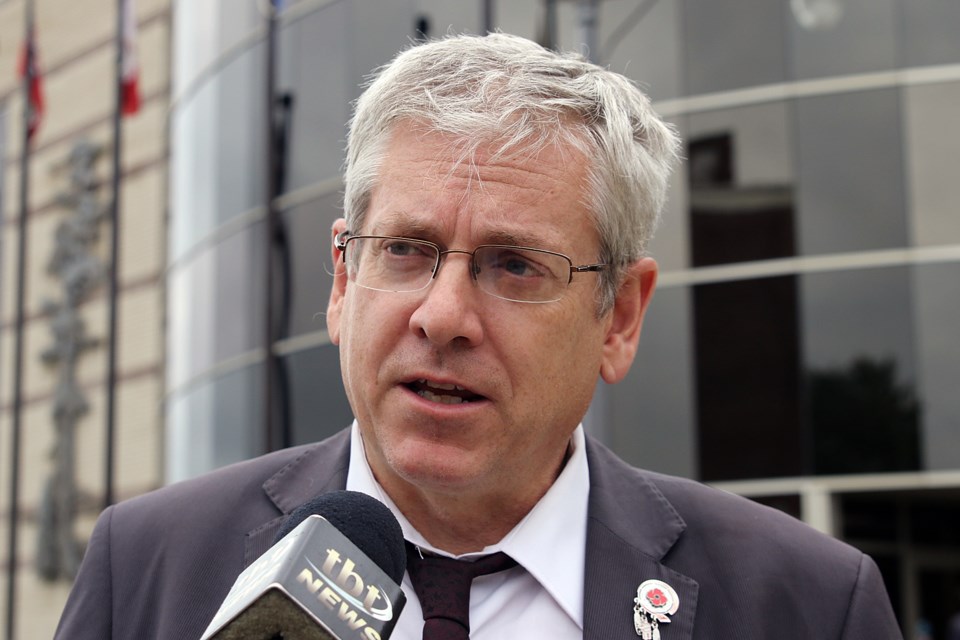
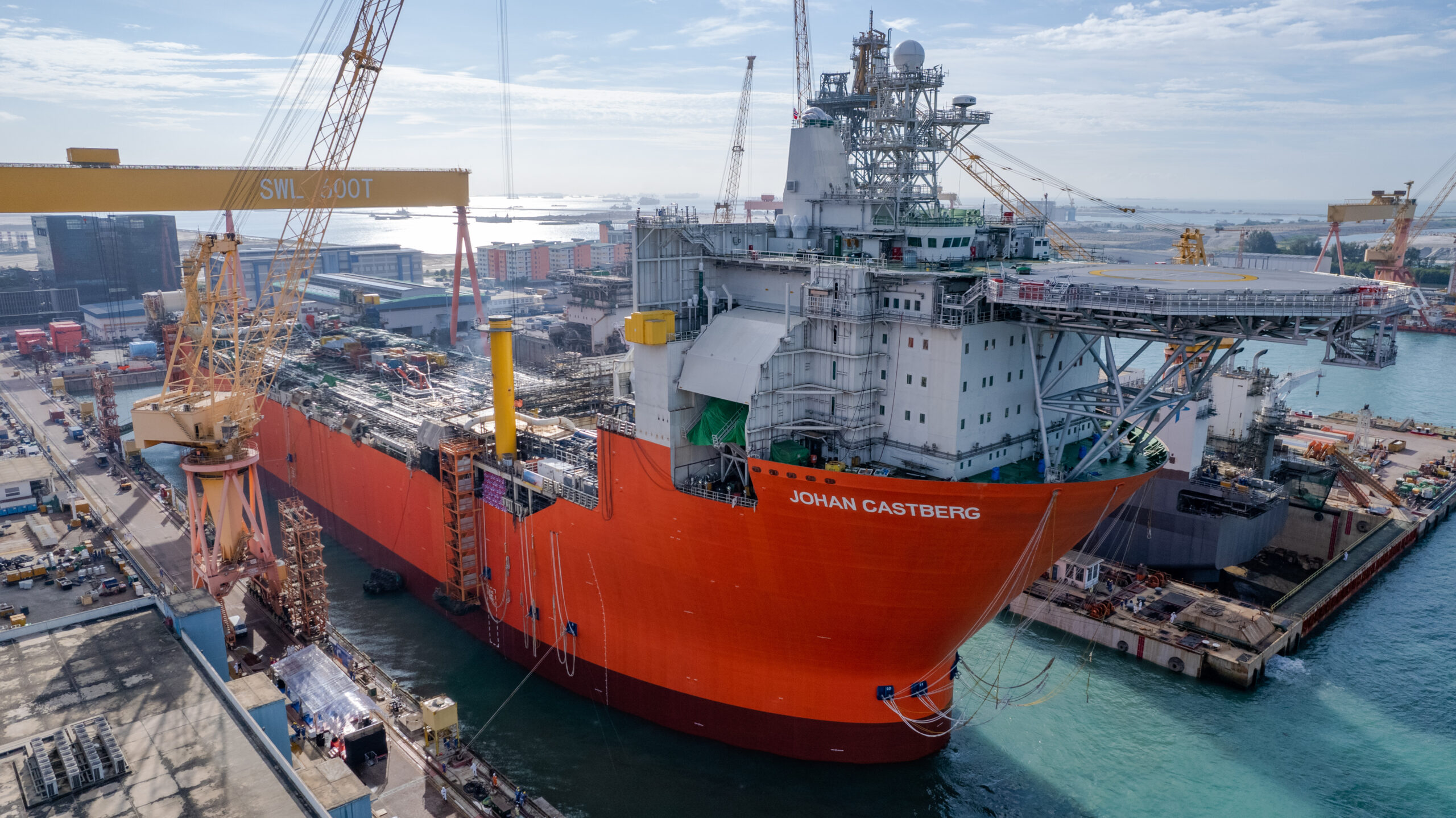 One of Equinor’s Floating, Production, Storage and Offloading vessels, like the one proposed for use on the Bay du Nord project, for drilling into oil reserves below the seafloor. Photo: Equinor
One of Equinor’s Floating, Production, Storage and Offloading vessels, like the one proposed for use on the Bay du Nord project, for drilling into oil reserves below the seafloor. Photo: Equinor The Haíɫzaqv (Heiltsuk) Nation heat pump project is especially important for elders, says Leona Humchitt, climate action co-ordinator (right), with her mother Gásá, or Esther Brown. Photo by Mercedes Innes
The Haíɫzaqv (Heiltsuk) Nation heat pump project is especially important for elders, says Leona Humchitt, climate action co-ordinator (right), with her mother Gásá, or Esther Brown. Photo by Mercedes Innes








 Citizens protest in Gaspé, Que.. in 2021 during Utica Resources' court case against the Québec government for the right to drill. Photo courtesy of Pascal Bergeron
Citizens protest in Gaspé, Que.. in 2021 during Utica Resources' court case against the Québec government for the right to drill. Photo courtesy of Pascal Bergeron The record increases in methane suggest it is being leaked from oil and gas drilling operations. Photo by Kurayba/Flickr (CC BY-SA 2.0)
The record increases in methane suggest it is being leaked from oil and gas drilling operations. Photo by Kurayba/Flickr (CC BY-SA 2.0)

 In the past, the price of failing to address climate change seemed theoretical, decades down the line. Today, we’ve already begun paying for it. Photo by Ken Cedeno-Pool / Getty Images
In the past, the price of failing to address climate change seemed theoretical, decades down the line. Today, we’ve already begun paying for it. Photo by Ken Cedeno-Pool / Getty Images The Louisiana State Capitol is seen near the ExxonMobil Baton Rouge refinery, in Baton Rouge, La., on April 11, 2022. Last year, Congress pledged $3.5 billion to carbon capture and sequestration projects around the United States. AP Photo/Gerald Herbert
The Louisiana State Capitol is seen near the ExxonMobil Baton Rouge refinery, in Baton Rouge, La., on April 11, 2022. Last year, Congress pledged $3.5 billion to carbon capture and sequestration projects around the United States. AP Photo/Gerald Herbert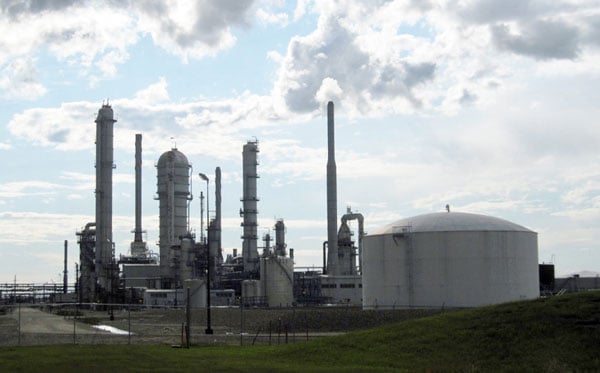


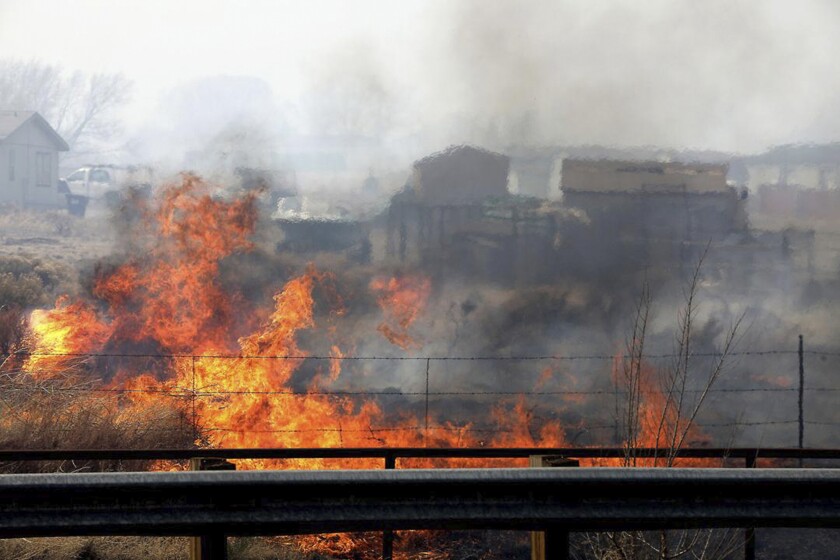

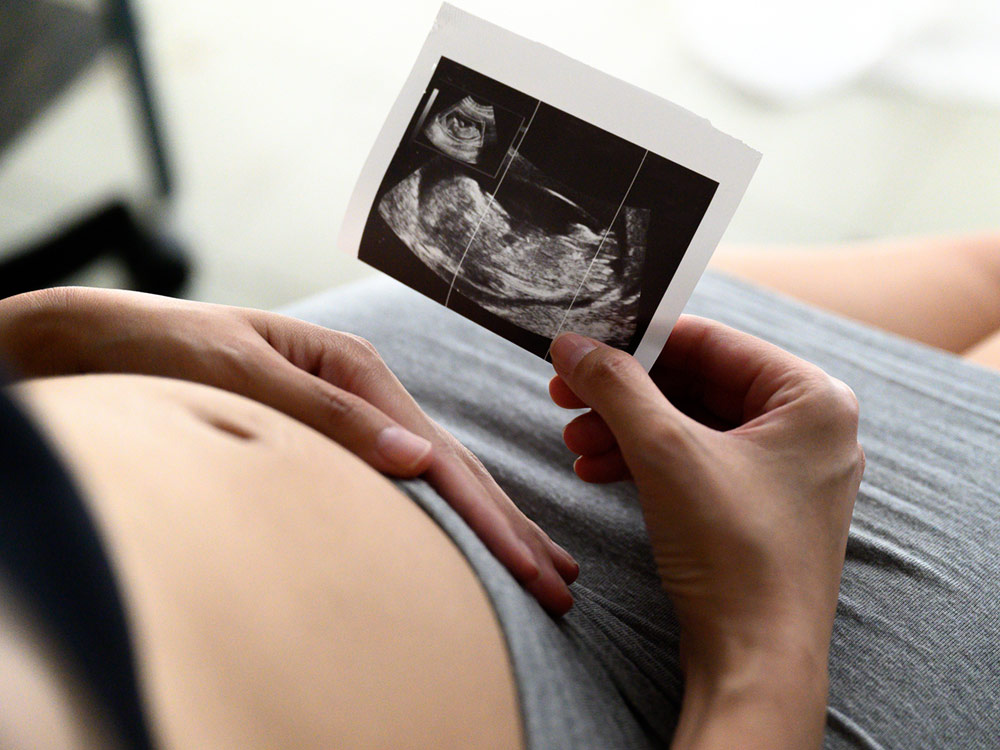

 People mark Earth Day with a march, Friday, April 22, 2022 in Montreal. THE CANADIAN PRESS/Ryan Remiorz (
People mark Earth Day with a march, Friday, April 22, 2022 in Montreal. THE CANADIAN PRESS/Ryan Remiorz (:quality(70)/cloudfront-eu-central-1.images.arcpublishing.com/thenational/P2EVALXFSCZXYU2Z7DNBICVNNE.jpg)
:quality(70)/cloudfront-eu-central-1.images.arcpublishing.com/thenational/2XOZTMQDFUYL2HMMJU6ZV4JIDA.jpg)
:quality(70)/cloudfront-eu-central-1.images.arcpublishing.com/thenational/AI5V52RDOF6LERLNXK2EW22UMI.jpg)
:quality(70)/cloudfront-eu-central-1.images.arcpublishing.com/thenational/6QIBFLDVRDCXXT45LGO7WXCNRQ.jpg)
:quality(70)/cloudfront-eu-central-1.images.arcpublishing.com/thenational/W4CPJIWCS46L6O64FVUQV2QLRA.jpg)
:quality(70)/cloudfront-eu-central-1.images.arcpublishing.com/thenational/XMVK4FELOWRFN5GQBWHLC7YG3Q.jpg)
:quality(70)/cloudfront-eu-central-1.images.arcpublishing.com/thenational/JQOPHLPGKBUNB3LRD72CXSWSJE.jpg)
:quality(70)/cloudfront-eu-central-1.images.arcpublishing.com/thenational/2X4MEW543LJLE4ZP4GANQHI354.jpg)
:quality(70)/cloudfront-eu-central-1.images.arcpublishing.com/thenational/YECQ2JJWA2LRZZMRMJ4DYETHSM.jpg)
:quality(70)/cloudfront-eu-central-1.images.arcpublishing.com/thenational/X5SLFI6JLMSGLGKOQ35ZFHHUBU.jpg)
:quality(70)/cloudfront-eu-central-1.images.arcpublishing.com/thenational/O6KOWYXV34NP5UTY3HOIMN53DA.jpg)
:quality(70)/cloudfront-eu-central-1.images.arcpublishing.com/thenational/OAUDGLMYUDG245ITH6MCCFZJCI.jpg)
:quality(70)/cloudfront-eu-central-1.images.arcpublishing.com/thenational/ZZNWRB6RDICN5WGUMS7Y3MA4PQ.jpg)
:quality(70)/cloudfront-eu-central-1.images.arcpublishing.com/thenational/7AUZMAJR2ASM24XUU7P4RE4WVQ.jpg)
:quality(70)/cloudfront-eu-central-1.images.arcpublishing.com/thenational/7AEWEFUMLJQW77AU7U26CHSJIQ.jpg)
:quality(70)/cloudfront-eu-central-1.images.arcpublishing.com/thenational/P5E5VNQUM2DXKN32NDASWK4ZJE.jpg)
:quality(70)/cloudfront-eu-central-1.images.arcpublishing.com/thenational/IQUSBMCT7C2TJCWOOF7PXU5SBE.jpg)
:quality(70)/cloudfront-eu-central-1.images.arcpublishing.com/thenational/CVWSIDQ34JRENA2GWCHKVHKTPQ.jpg)
:quality(70)/cloudfront-eu-central-1.images.arcpublishing.com/thenational/R7HOVTUMYJ6MBKFJO5EKD5ZOGM.jpg)
:quality(70)/cloudfront-eu-central-1.images.arcpublishing.com/thenational/JJGWY7HTJDDPK77GSLVYUEP764.jpg)
:quality(70)/cloudfront-eu-central-1.images.arcpublishing.com/thenational/MF6WBXBTYPC2W6B3PISJCTCKWE.jpg)






 Factory farms contribute greatly to greenhouse gas emissions.
Factory farms contribute greatly to greenhouse gas emissions.